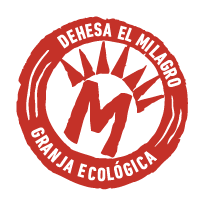Why a Farm?
Dehesa El Milagro is a 1,16 sq. mi country estate devoted to the production of beef meat, sheep meat, chicken meat, eggs, fruits and vegetables. All of them integrated in a perfect circular and rotational productive model.
Animals move through pasture patches with very short residence times and very long recovery periods.

This modus operandi helps the grass never exhaust so the ground is always protected, increasing its productivity by approximately 20%. There is nothing more efficient than plants capturing energy to carry out all the processes that help to improve the soil quality.
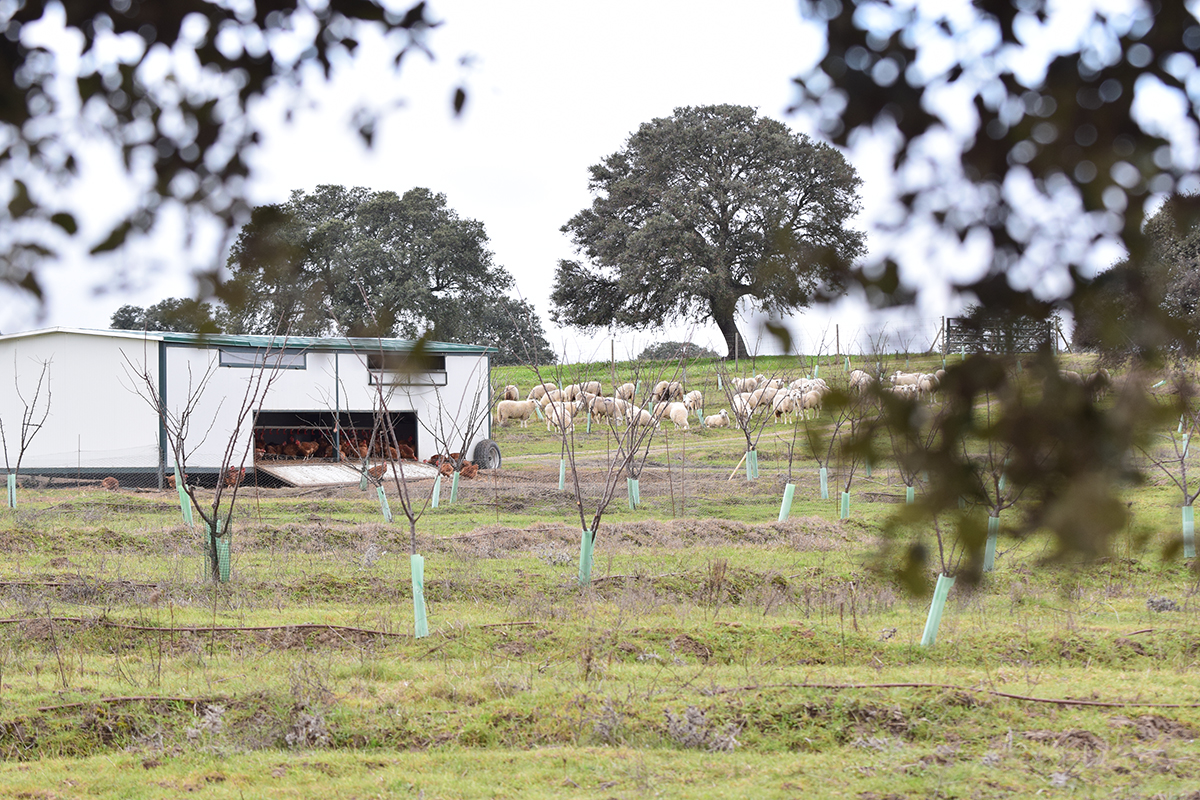
We do not settle for just producing food in an almost perfect synergy, but we are also interested in directly satisfying our final client, and we do so by transforming the raw materials of origin in our ecological workshop located in Madrid.
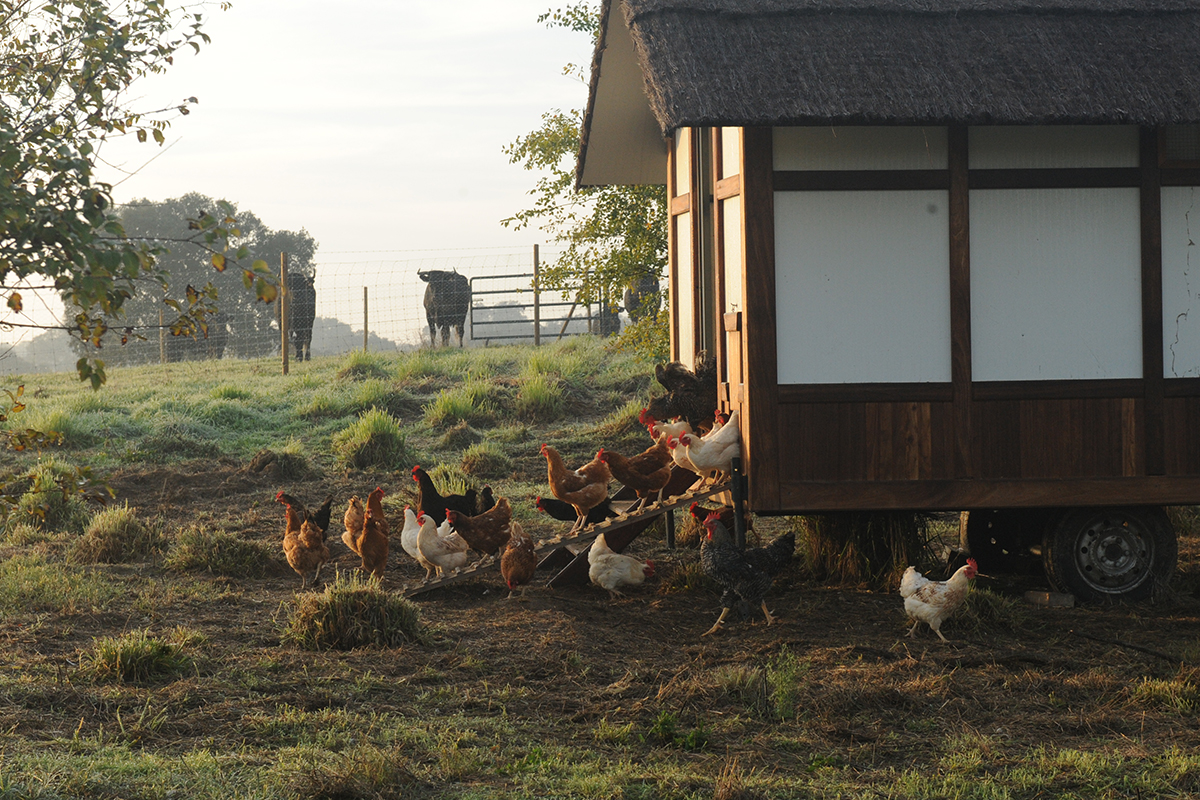
Closed natural cycle
Our farm model is innovative and pioneering in Spain, since we produce comprehensively through a closed natural cycle, being more efficient, sustainable and rational with the environment. We are unique in a complete cycle process, from production to reaching our end customers.
Our farm concept promotes biodiversity, essential for environmental health. Animals, land, plants, air, water, they all are interrelated elements in a complex way and whose relationship we support and promote.

Holistic management
The holistic management is a philosophy that includes perceiving the field as a whole, in which every decision affects many aspects of the agricultural and livestock activities.
All the elements related to the farm are taken into account (people, resources, the farm itself, animals, plants, insects, etc.) and we care actively on how decisions and actions affect other elements.
This concept, in a more reductionist sense, refers to the rotational management of the animals, moving them by the farm plots with the intention of improving the soil. This technique has its origin in Alan Savory’s ideas. Savory applied this technique to fight back the desertification in Zimbabwe, his home country.
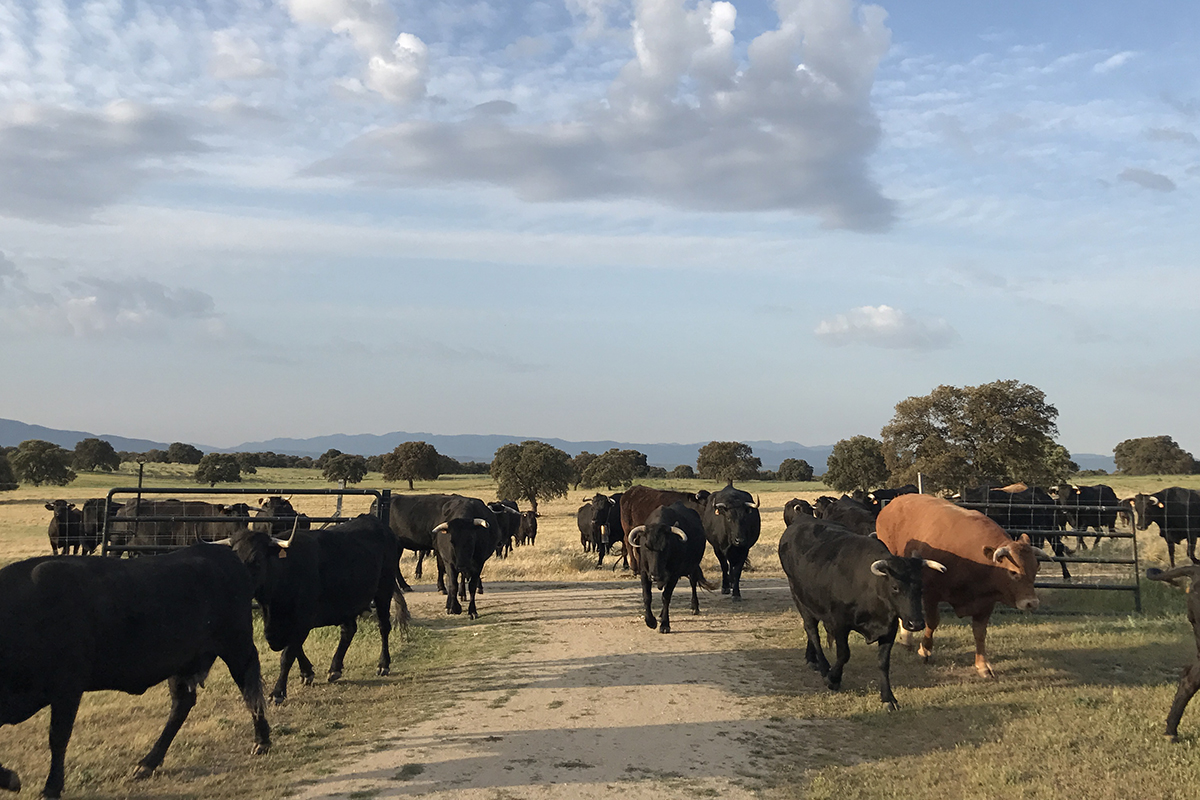
Biodiversity
The productive model of a farm, where livestock and agriculture are combined, promotes biodiversity. To compensate as much as possible for the impact of our productive intervention, we have created groves and 200,000 sq. yd of bush reforestation using native vegetal species to shelter the wild fauna. In addition, we have several pools with aquatic fauna.

Image of one of the ponds in the Dehesa El Milagro with aquatic fauna.
Farm to fork
The new European Union guideline on agriculture establishes a clear line with its Farm to Fork strategy (part of the European Green Deal policy). It sets a series of objectives focused on improving the quality of food and how it is produced in order to promote a change in the diet of the European population. To do so, it offers support to the elements involved in the productive chain while it establishes the target of 25% ecological farming of the total cultivated soil for 2030. In addition, it promotes the creation of different local eco-schemes that in the case of Dehesa El Milagro we have been carrying out since its inception.
1. Caring and maintenance of pastures. Holistic management is used as the basis of the animal care and the grazing surface. The animals improve the soil with a correct management in the pastures’ utilisation.
2. Promotion of rotation and combination of species in annual plantings. In Dehesa El Milagro, we carry out 4-year rotations, interspersing fallows, forages, cereals and legumes. Meadows are interspersed to break cycles and to increase soil structure.
3. The manure of the farm animals is valued. Composting the manure that is collected is a basic process for the contribution of organic matter to the soil and its transformation into humus.
4. No chemical pesticides, fungicides or nitrogen fertilizers are used.
5. Animal welfare is the basis of the breeding of our livestock.
6. Our fruit trees have a vegetation cover between the streets for water gathering. The evapotranspiration of the plot is reduced by implementing the efficiency in one of the most basic resources: water.
7. We are committed to the promotion of biodiversity in the farm by planting bushes and the reforestation of 200,000 sq yd with native species, in addition to the maintenance of ponds with aquatic fauna and flora.
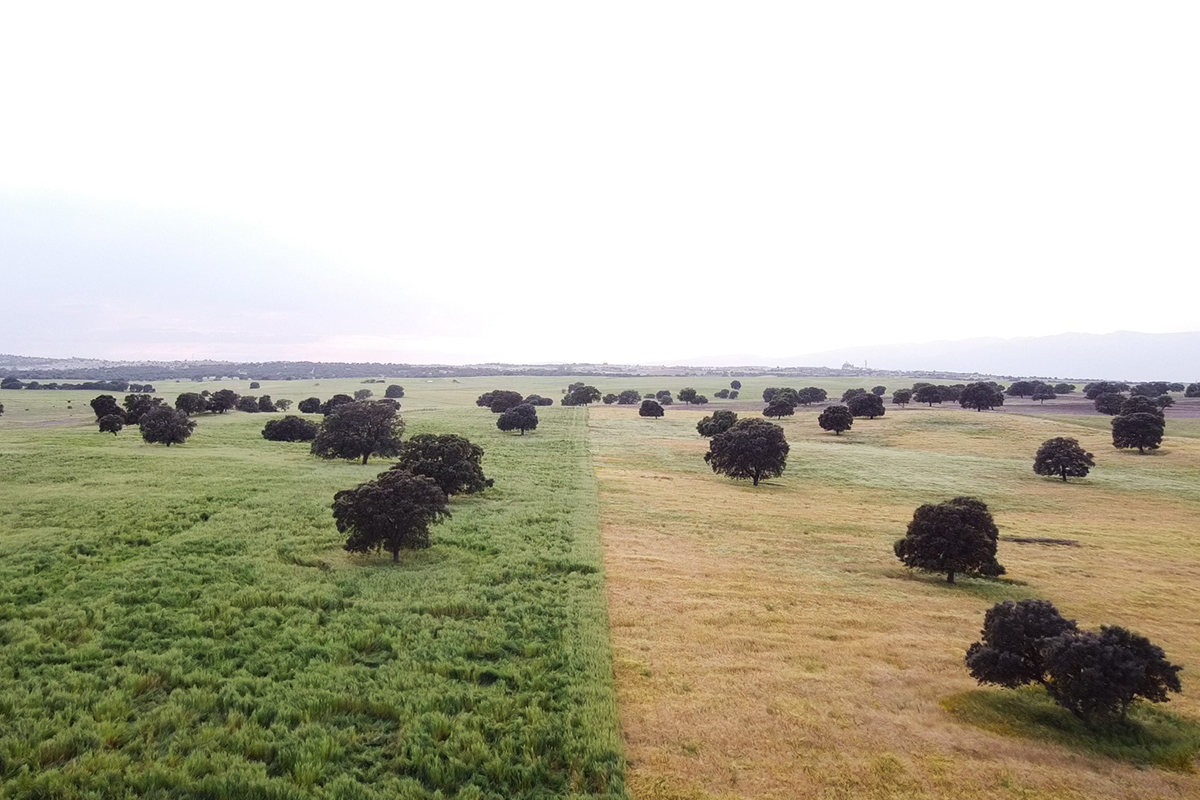
Why ecological production?
We seek the best way to be close to nature. Producing organically with a philosophy of continuous improvement allows us to respect and adapt the production pace to the natural pace of nature creating a sustainable production.
Each and every one of the sections detailed in the Council Regulation (EC) No 834/2007 of 28 June 2007 on organic production and labelling of organic products are a true reflection of the reality projected in the Dehesa El Milagro. Article 3 defines how a farm has to work in terms of soil protection and it focuses not only on the soil but also on the life that inhabits it, as well as on other scarce resources such as water or organic matter.
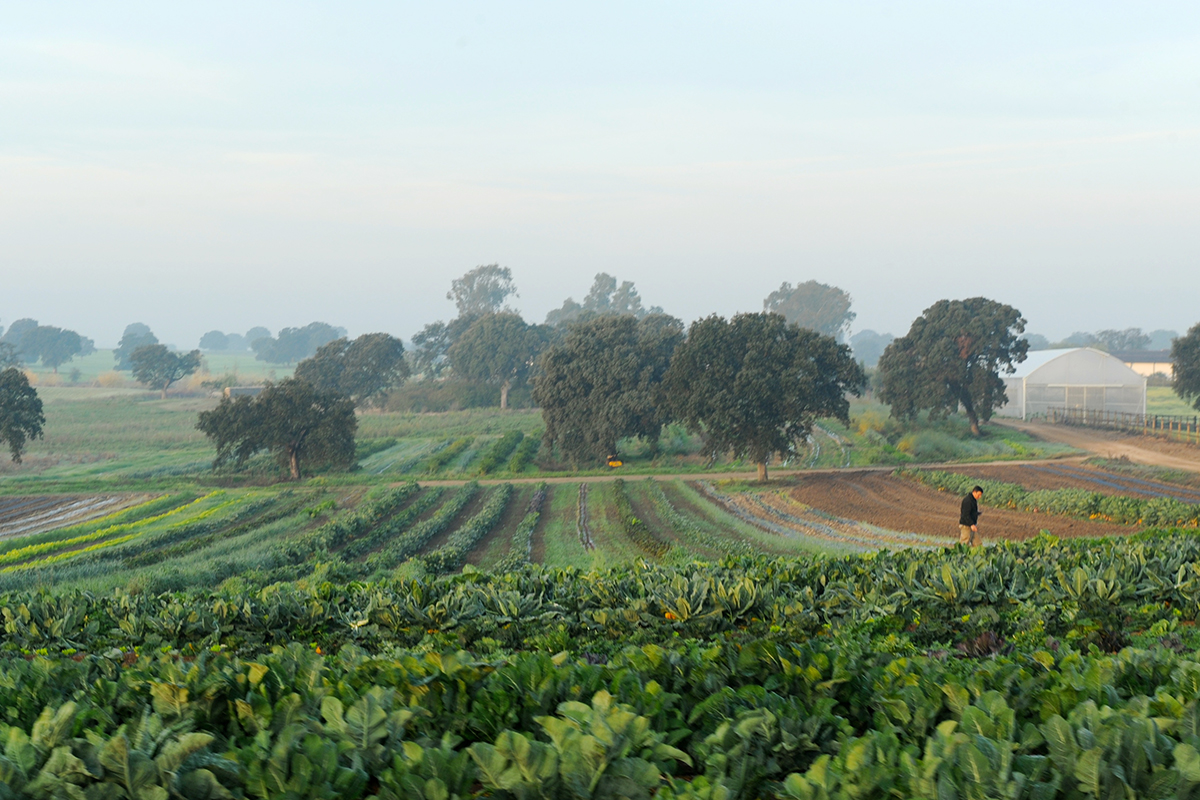
And above all, obtaining healthy and high-quality products that reach our customers with the proper food safety. We comply with all the points related in Article 5: Specific principles applicable to farming.
This regulation (Council Regulation (EC) No. 834/2007) will be repealed in January 2022.
Regulation (EU) 2018/848 of the European Parliament and of the Council of 30 May 2018 on organic production and labelling of organic products.
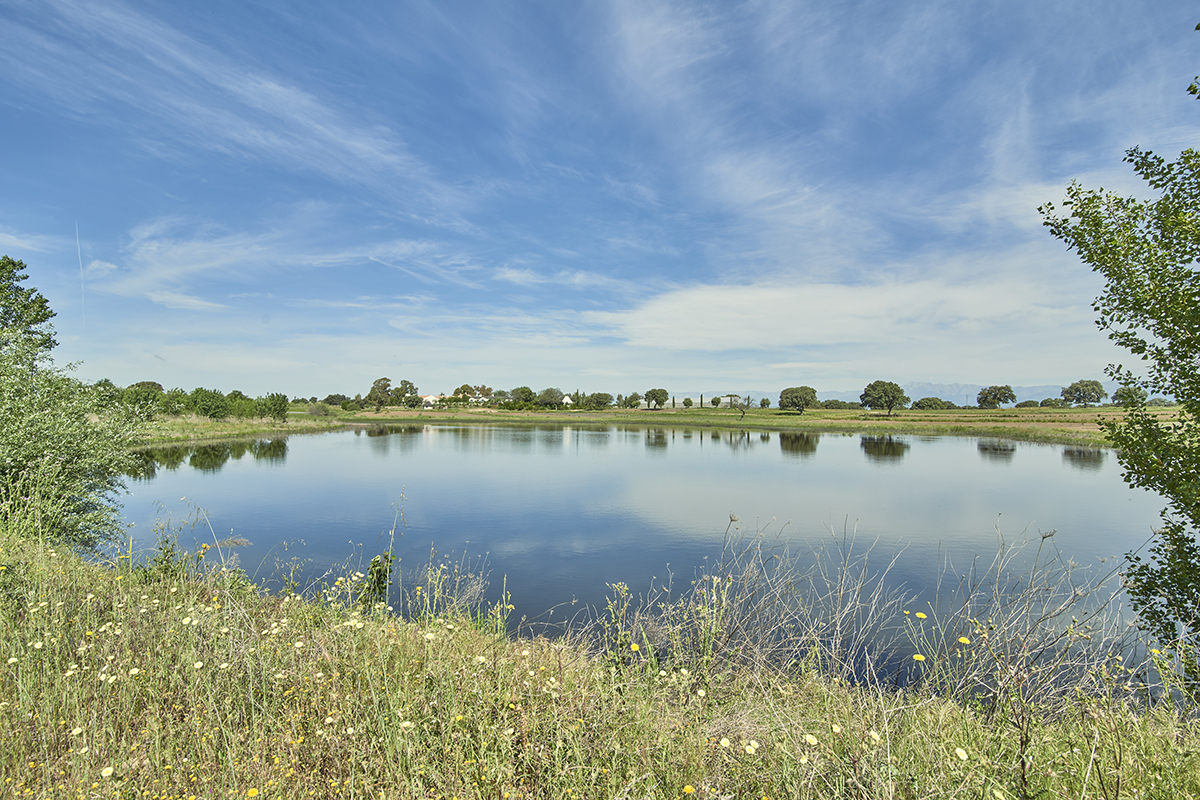
TITLE II. OBJECTIVES AND PRINCIPLES FOR ORGANIC PRODUCTION
Article 4. Overall principles. Organic production shall be based on the following principles:
a) to contribute to the protection of the environment and prevent the climatic change;
b) to maintain long-term soil fertility;
c) contribute to a high degree of biodiversity;
d) to contribute substantially to a non-toxic environment;
e) to contribute to the rigorous standards of animal welfare and, in particular, respond to the behavioural needs of each species of animals;
f) to promote short distribution circuits and local productions in the territories of the Union;
g) to promote the maintenance of rare or local breeds in danger of extinction;
h) to contribute to the development of the supply of plant genetic material adapted to the specific needs and objectives of organic farming;
i) to contribute to a high level of biodiversity, in particular through the use of diverse plant genetic material, such as ecological heterogeneous material and ecological varieties suitable for organic production;
j) to promote the development of organic plant improvement activities in order to contribute to the advantageous economic prospects of the organic sector.
